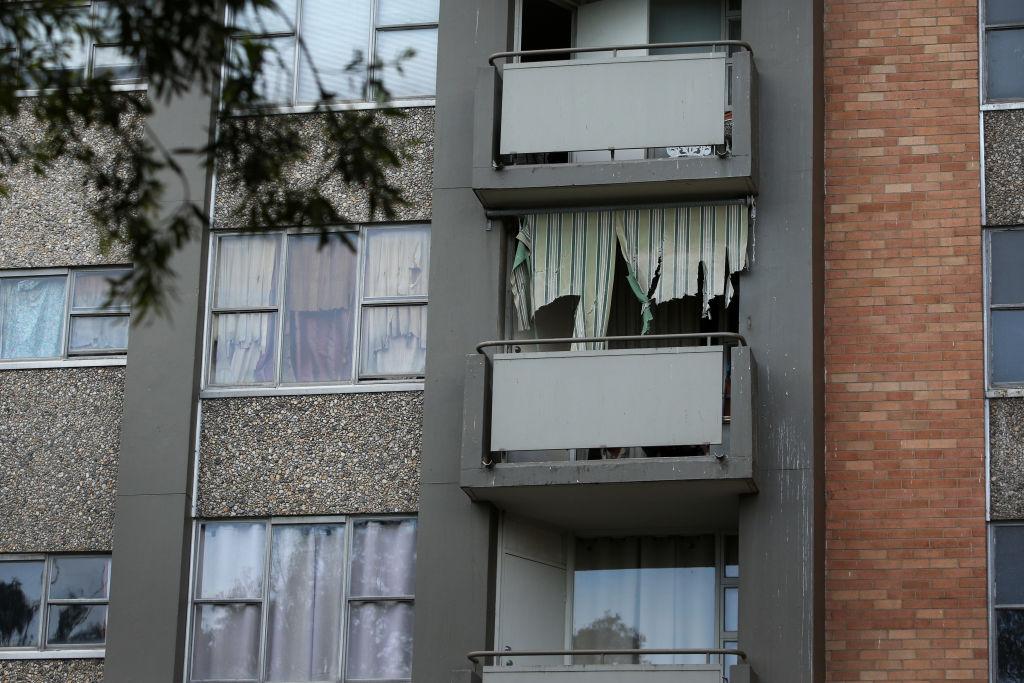As the federal government tries to push through a swathe of new laws this fortnight, its $10 billion (US$6.7 billion) Housing Australia Future Fund is at risk of being shot down by the crossbench.
Under Labor’s proposed law, a cap of $500 million a year will be applied to funding for building new social and affordable housing. Other portions of the fund will go towards improving Indigenous housing and helping women and children with leaving domestic violence situations.





